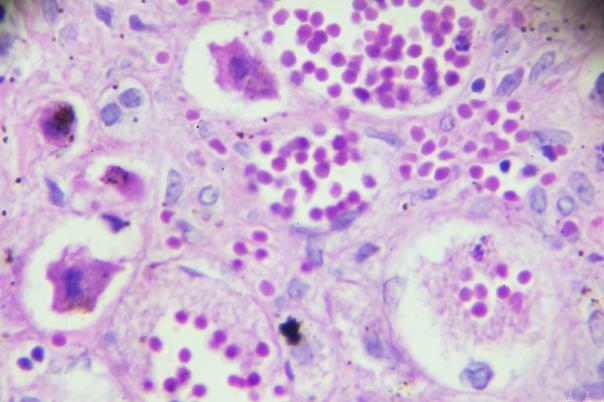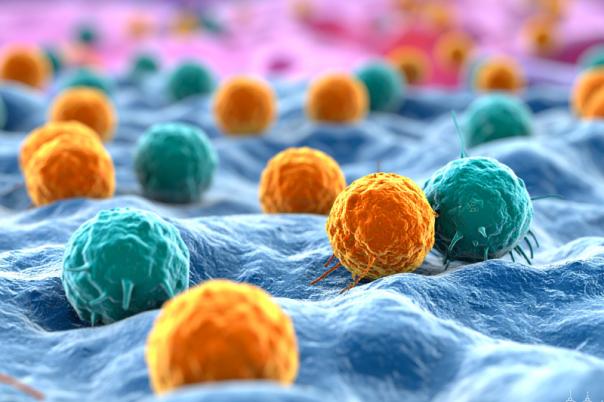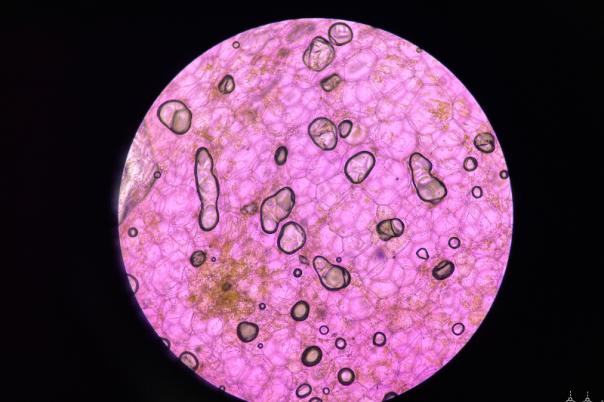Michael Surace, the director of cancer biomarker development at AstraZeneca, delivered a presentation on the significance of spatial biology in patient selection for oncology. He highlighted the transition from discovery biology to practical applications, emphasising the integration of artificial intelligence (AI) to enhance biomarker development.
Surace began by outlining his role at AstraZeneca, where he focused on translating spatial biology discoveries into deployable biomarkers. He discussed the current use of spatial transcriptomics and multiplex immunofluorescence at AstraZeneca, primarily for confirming mechanisms of action and understanding drug effects. These technologies were used to develop predictive and prognostic signatures, although their deployability remained a challenge.
One of the key points Surace made was the need for standard approaches in data interpretation and deployment. He acknowledged the complexity and bandwidth issues associated with spatial biomarkers and stressed the importance of controlling the entire pipeline, from supply chain to reagents. He also mentioned the efforts of consortium groups in building standards around imaging and analysis.
Surace shared several case studies to illustrate the potential of spatial biomarkers. One example was a combinatorial biomarker developed from a durvalumab trial, which effectively distinguished between patient survival outcomes. Another example involved a TLS panel that could distinguish prognostically between mature and immature TLS, demonstrating its utility in predicting patient survival irrespective of treatment.
The integration of AI into spatial biology was a significant theme in Surace's presentation. He discussed the current use of AI for cell segmentation, clustering, and identifying relevant phenotypes. He emphasised the potential of AI to enhance data analysis and improve patient selection processes. However, he also cautioned about the ethical concerns and risks associated with AI, such as overfitting, bias, and interpretability issues.
Surace concluded by advocating for a collaborative approach within the industry to address the challenges of spatial biology and leverage AI effectively. He emphasised the need for standardisation in measuring the performance of selection models and the importance of uncertainty analysis in the development and deployment of spatial biomarkers.





